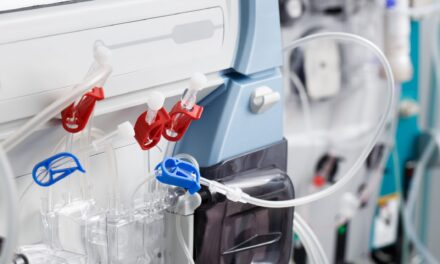In a statement, the U.S. FDA revealed that it is taking steps to update its Medical Device Reporting (MDR) Program, one of the tools the agency uses to monitor device performance, detect potential device-related safety concerns or signals, and contribute to the benefit-risk assessment of these products. First, the organization has formally ended the Alternative Summary Reporting (ASR) Program.
Under this program, manufacturers of certain devices could request an exemption from the requirement to file individual medical device reports for certain events when there were well-known and well-established risks associated with a particular device; instead, they could submit quarterly summary reports of such events. Since the program’s inception in 1997, the FDA has granted 108 such exemptions to individual manufacturers for certain well-known events associated with specific devices.
Moreover, since 2017, the agency has taken steps to gradually sunset the ASR Program and streamline medical device reporting by implementing the Voluntary Malfunction Summary Reporting (VMSR) Program, according to the FDA statement. Specifically, the VMSR Program reflects a pilot program conducted in response to changes made in the FDA Amendments Act of 2007 and goals agreed to as part of the Medical Device User Fee Amendments of 2017 process.
In the statement, the FDA said the VMSR program enables the agency to detect potential safety signals and free up resources to better focus on addressing the highest risks, such as deaths and serious injuries, associated with medical devices. This voluntary program allows manufacturers to report certain device malfunctions in summary form on a quarterly basis, rather than on an individual basis, for eligible device types. Reports from this voluntary program are publicly available in the MAUDE database.
Importantly, reports of a death or serious injury are not allowed to be submitted via the VMSR Program and the FDA may still require individual malfunction reports—instead of summary reports—for devices that are eligible for the program, such as when individual reports are necessary to address a public health issue.
“Our goal is to make MDR data more usable and easier to find, furthering our efforts to increase transparency in medical device reporting,” says Jeffrey E. Shuren, MD, JD, director of the FDA’s Center for Devices and Radiological Health. “Modernized, active surveillance that utilizes real-world data is the future of medical device safety signal detection, and is a primary focus for the FDA, as noted in our April 2018 Medical Device Safety Action Plan.”
For this reason, the FDA has worked since 2012 to develop the National Evaluation System for Health Technology (NEST) to systematically use real-world data in part to rapidly identify and help address safety signals once devices are on the market through active surveillance, Shuren says. In 2019, Congress provided funding to begin to develop active surveillance capabilities for NEST.
Implementing a national surveillance system that allows the FDA to actively monitor device performance and patient safety would not be possible without the FDA’s establishment of a unique device identification (UDI) system, in which medical devices are marked on their labels with a unique code that can be used to identify the device through its distribution and use in patients, Shuren adds. The agency also has engaged in international efforts to facilitate a harmonized approach to adoption of UDI systems worldwide.
“Taken together, we believe these steps will improve our ability to identify and address device safety signals and provide patients and health care professionals with important information they can use to make better informed health care decisions,” says Shuren. “We look forward to providing updates in the future about our progress in this and other areas.”






A major weakness in MDR remains, under reporting. Active surveillance, possibly helped by UDI, is a potential solution, although UDI capture remains scattered. NEST is still a maybe but that hasn’t stopped its wonderfulness from being declared.
Hi William, I am interested to know where you found data/evidence supporting the under reporting that you mentioned. Thanks!